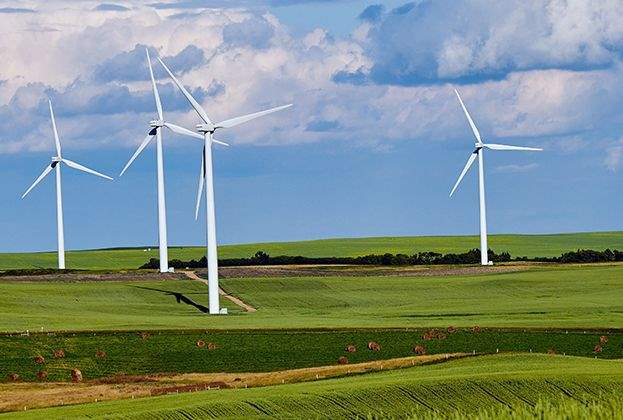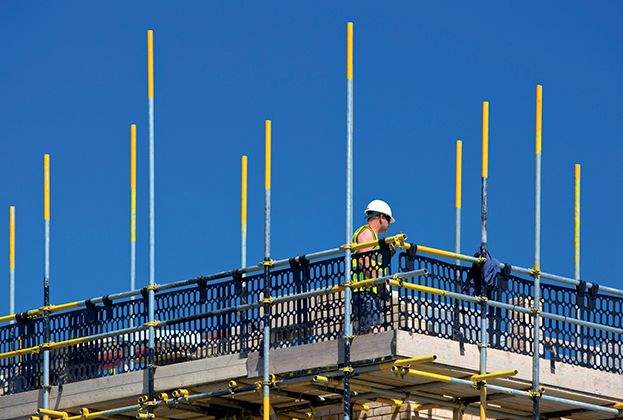With their low-risk technology and long-term, stable returns, renewable energy schemes are providing attractive investment opportunities internationally
As confidence in the renewable energy market has increased in recent years, so have investment opportunities throughout Europe and further afield: solar and wind power schemes worldwide have become attractive and reliable investment vehicles. “With energy supplies and environmental issues always prominent on governments’ agendas, an international view of the renewable energy market makes sense,” says Nick Barber of Savills Cross-border Energy Investment.
Underpinning the vigour in the sector is the EU’s goal of reducing greenhouse gas emissions by 80–95%, compared to 1990 levels, by 2050. In 2011, the European Commission produced the Energy Roadmap 2050, which sets out how to achieve this target; increasing the share of renewable energy is key, so the Roadmap lays the foundations of a secure market for the next 30 years.
Another spur is the lower cost of wind turbines and solar panels, thanks to more efficient technology and greater production capacity. Add to this low interest rates, the scrapping of tariffs on imports from China and the phasing out of subsidies, which has forced manufacturers to monitor their margins, and the foundations are laid for a robust market.
Renewable energy is therefore an attractive investment vehicle anywhere with a reasonable framework of legislation in which to operate. Key to the sector’s sustainability in EU countries is the principle of 'priority dispatch', which gives power generated from renewable sources priority over other kinds of generation. In other words, renewable energy should always be bought before energy from other sources, thus guaranteeing sales.
.jpg)
Current vs target renewable energy share by country
Source: Greenmatch
Integrated cross-border approach
The EU is also encouraging greater cross-border participation in markets, so that rather than switching off wind turbines in times of high generation, excess energy may easily be sold to another country. So fine-tuned network management is essential: operators must be smart and responsive, with an integrated approach. In this, of course, an understanding of the national and local scene is crucial.
“Each jurisdiction has its own legislation around location and permits, which can act as barriers to entry,” says Nick. “Within the EU’s framework, it’s up to individual governments how the sector functions to attain their 2050 targets.
“For example, in France the strong agricultural lobby is resistant to solar PV, so projects are generally on non-agricultural land or failing farms. Dutch farmers, on the other hand, see solar as a welcome diversification stream. Poland – a potentially lucrative market – tends to be obstructive because renewable energy is seen as a threat to the coal industry. We’ve also got local politics impacting on project size, permitting times, values and land rent.”
Investor confidence in solar
Throughout Europe, solar projects are booming because they are quicker and easier to implement than wind farms. “It can take four to six years for zoning permits to be obtained for wind projects, but just two for solar farms,” Nick points out. “As long as the site is well-chosen, solar projects can move quickly.”
Another reason for investor confidence in a subsidy-free environment is the increase in direct contracts with corporate users, which has changed the way new schemes are financed
Savills Energy
What sort of returns are these investments making? Investors are typically buying solar projects at an internal rate of return of 6%. Factor in 80% debt and the average weighted return is around 4%. “That’s quite low,” Nick acknowledges, “but the technology is low-risk and the long-term, stable return is attractive.
“During the subsidy boom, sites were sold with an equity return of 8-10%, but now investors are happy to take a lower rate of return because they have got used to how schemes work. The maturity of the sector is now attracting interest from the major oil and gas companies – we recently entered into a contract with Shell to assist in developing new projects.”
Another reason for investor confidence in a subsidy-free environment is the increase in direct contracts with corporate users, which has changed the way new schemes are financed. This is now commonplace in southern European markets, and the trend has recently reached the UK.
So far, so stable. But what of the future, and in particular the ramifications of Brexit? “Exchange rates could affect the cost of equipment because panels and turbines are sold in dollars and euros,” says Nick.
“There is also the prospect of tariffs imposed on EU-based clients contracting with UK businesses.” But whatever the future holds, the international renewables sector is facing it with confidence.
.jpg)





